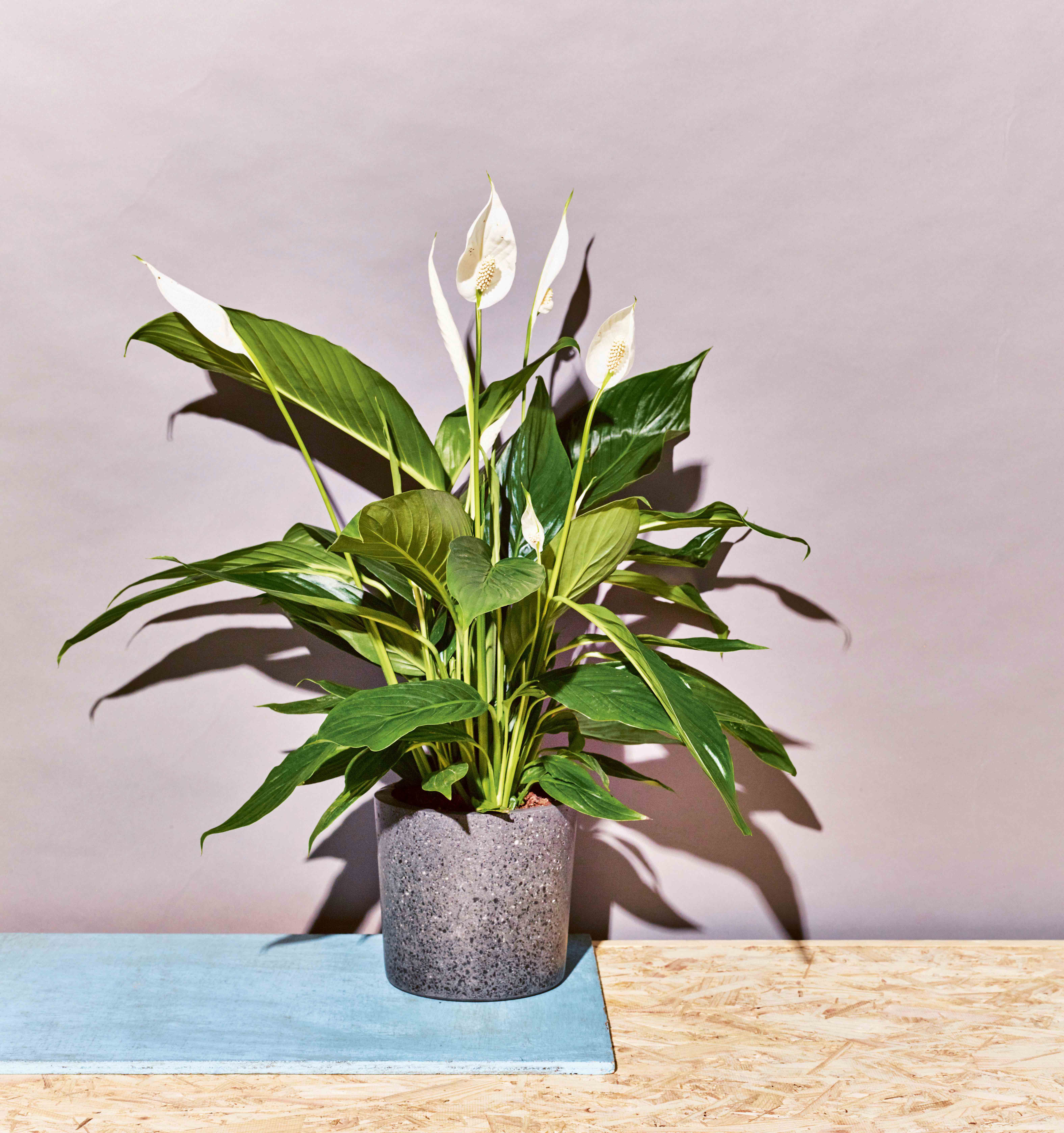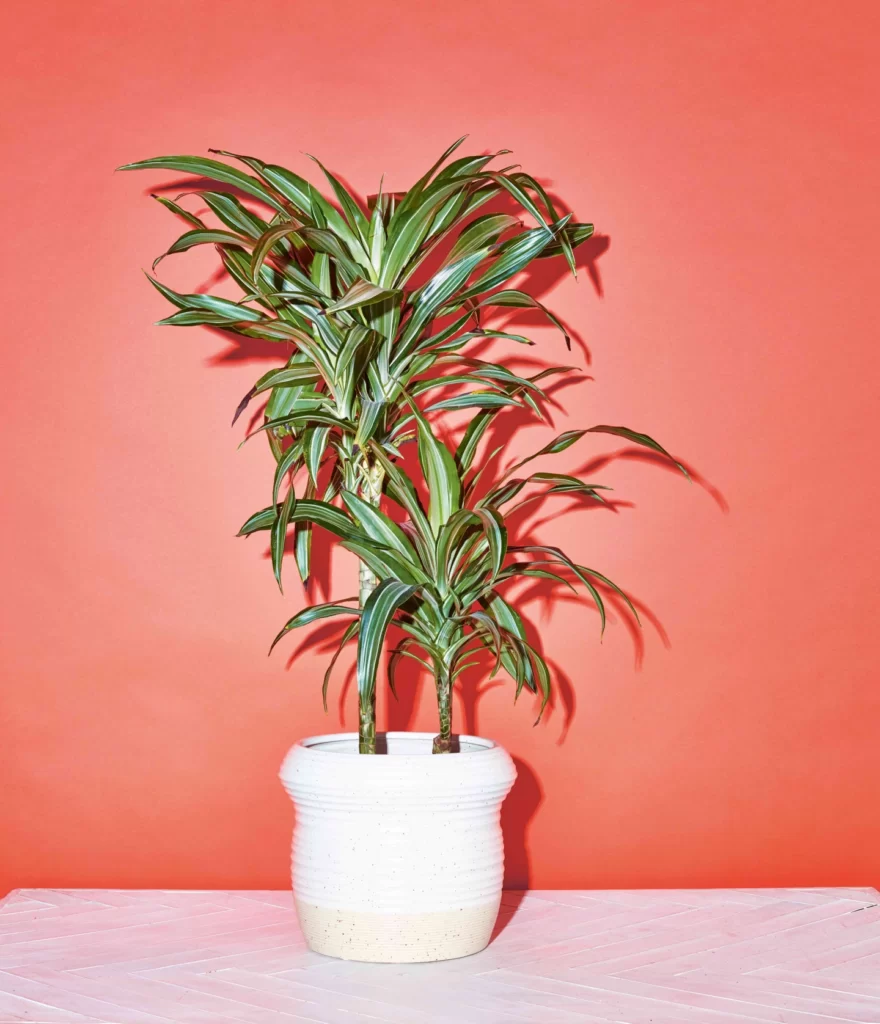Have you ever found yourself looking intently at a plant in the market, imagining the little touch of joy it would bring to your home, only to turn away dejectedly, thinking, “How would I manage to keep that one alive?”
Nothing beats the shame of killing yet another house plant, that creeping feeling that true adulthood must have eluded you. Rather than feeling guilty about your dead plant list, give it one more try with these 12 house plants that are surprisingly difficult to kill, courtesy of an informative new book, The Little Book of House Plants and Other Greenery.
Cast iron plant (Aspidistra elatior)

The cast iron plant, as the name implies, is a tough species known for its ability to withstand extreme light variations as well as infrequent watering. Sibley cautions against allowing the roots to sit in wet compost (which causes root rot), but aside from that, the cast iron plant’s long, dark leaves and tolerance to neglect to make it an excellent house plant.
Yucca (Yucca elephantipes)

Were you under the impression that yucca was only a vegetable? This tough South American plant requires a lot of indirect sunlight but doesn’t need much watering in the winter. While misting is not required, Sibley advises planting yucca in free-draining compost to avoid root rot.
Rubber plant (Ficus elastica)

With its almond-shaped, dark green leaves, the rubber plant is not only adorable, but it is also surprisingly adaptable to most environments. It gets bright, indirect light and water once or twice a week.
Guiana chestnut (Pachira Aquatica)

Tall, structured, and elegant, the Guiana chestnut plant is “pretty much indestructible,” according to Sibley. This plaited plant, which has a braided trunk, prefers indirect sunlight and can withstand heavy watering.
An added bonus is that it can be grown as a bonsai.
Devil’s Ivy (Scindapsus aureus)

According to Sibley, Devil’s Ivy is “virtually impossible to kill.” Devil’s Ivy, with its cascading heart-shaped leaves, can tolerate extremely low light conditions and infrequent watering, making it an ideal plant for beginners or forgetful gardeners.
Extra bonus: Devil’s Ivy looks particularly stylish on bookshelves and stackable décor items.
Spider plant (Chlorophytum comosum)

The spider plant is simple to care for because it prefers indirect light and a thorough drying out once a week. The plant’s tips can turn brown on occasion, but Sibley writes that with the right amount of light and care, delicate white flowers can bloom.
Weeping fig (Ficus benjamina)

The weeping fig enjoys “a few hours of the morning sun,” according to Sibley, but it should be moved into the shade before noon. The weeping fig is an excellent beginner plant because it adapts well to most conditions and comes in a variety of colors.
Peace lily (Spathiphyllum wallisii)

The peace lily is a long-standing, beloved favorite because it is one of the best plants you can buy to purify the air in your home. Keep the peace lily plant warm and out of direct sunlight if you want to see more of its white flowers bloom.


